China builds world’s largest clean energy corridor on main stream of the Yangtze River
The No. 4 power-generating unit of the Baihetan Hydropower Station located in southwest China, the world’s second largest hydropower station, was put into operation on Nov. 19, 2021.

Aerial photo shows the Baihetan Hydropower Station in southwest China. (Photo courtesy of the interviewee)
It is the sixth unit of the Baihetan Hydropower Station located on the Jinsha River at the junction of Sichuan and Yunnan provinces in southwest China that has been put into operation for power generation, and also the 100th hydro-generating unit built and put into operation by the China Three Gorges Corporation (CTG) on the main stream of the Yangtze River.
“The operation of the project marked that the main stream of the Yangtze River had become the world’s largest clean energy corridor,” said Lei Mingshan, chairman of the CTG, which invested in, developed and now manages the Baihetan Hydropower Station.
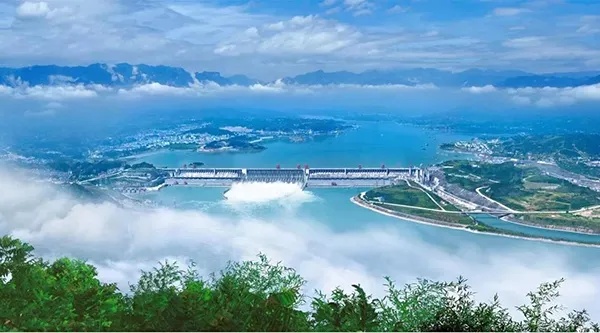
Aerial photo shows the Three Gorges Hydropower Station in southwest China. (Photo courtesy of the interviewee)
The Baihetan Hydropower Station installed a total of 16 independently produced hydro-generating units, each with a capacity of 1 million kilowatts. The first unit was put into operation on June 28, 2021, while all of the remaining units are expected to be put into operation by July 2022. The six operational units now online have altogether generated more than 10 billion kilowatt hours of electricity.
“The hydro-generating units have achieved a single unit capacity of 1 million kilowatts, up from 700,000 kilowatts at the beginning of operations,” said Wang Hao, an academician with the Chinese Academy of Engineering.
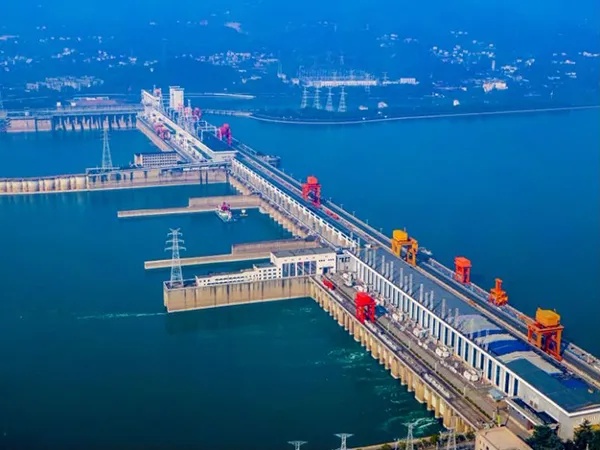
Aerial photo shows the Gezhouba Hydropower Station in southwest China. (Photo courtesy of the interviewee)
The CTG has built six large hydropower stations that will form a cascade of power stations on the main stream of the Yangtze River. The cluster will have an installed capacity of 71.69 million kilowatts, which will be triple the output of the Three Gorges Dam situated in the middle reaches of the Yangtze River.
Statistics indicate that by October 2021, the six hydropower stations on the main stream of the Yangtze River had generated more than 2.89 trillion kilowatt hours of electricity, which is equivalent to saving 883 million tons of standard coal and cutting 2.3 billion tons of carbon dioxide emissions. The hydropower project will support 39 trillion yuan in value in terms of China’s GDP.
The station is also of great significance for the country on its way to achieving the goal of carbon peaking and carbon neutrality, said Lei.
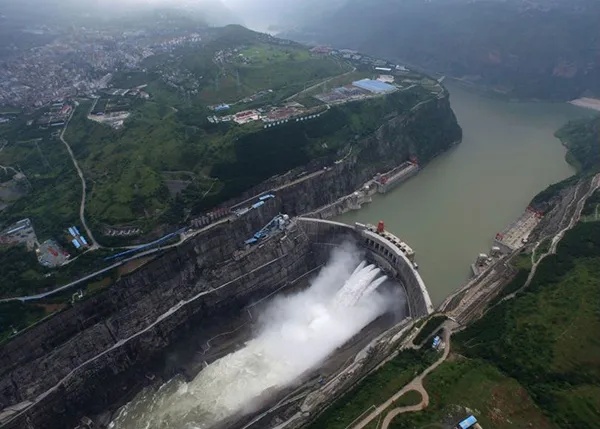
Aerial photo shows the Xiluodu Hydropower Station in southwest China. (Photo courtesy of the interviewee)
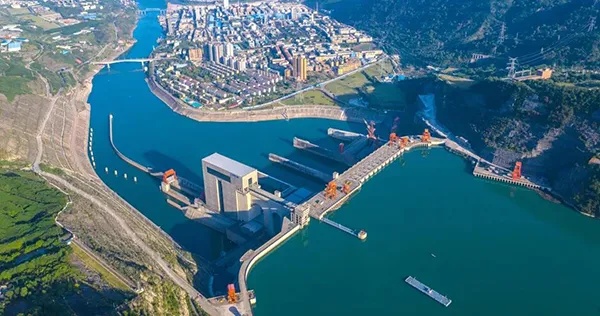
Aerial photo shows the Xiangjiaba Hydropower Station in southwest China. (Photo courtesy of the interviewee)
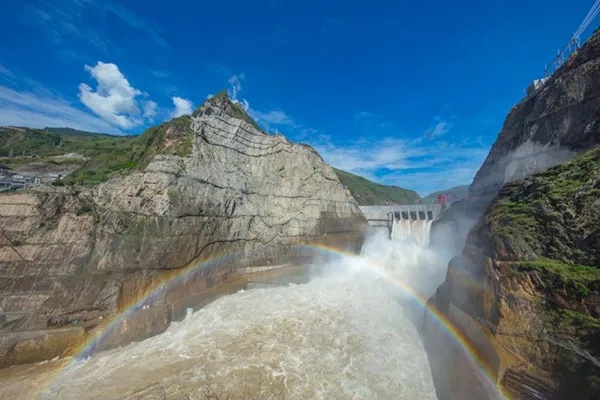
Aerial photo shows the Wudongde Hydropower Station in southwest China. (Photo courtesy of the interviewee)
Photos
Related Stories
- Biden unveils framework for 1.75 trln USD social spending package
- Chinese clean energy company contributes to Brazil's sustainable development
- State-owned power firm to heavily invest in Xinjiang's clean energy
- Photothermal power station in Hami, Xinjiang
- "Giant panda" aids China's coal city in clean energy development
- Photovoltaic power station in north China's village
Copyright © 2021 People's Daily Online. All Rights Reserved.










